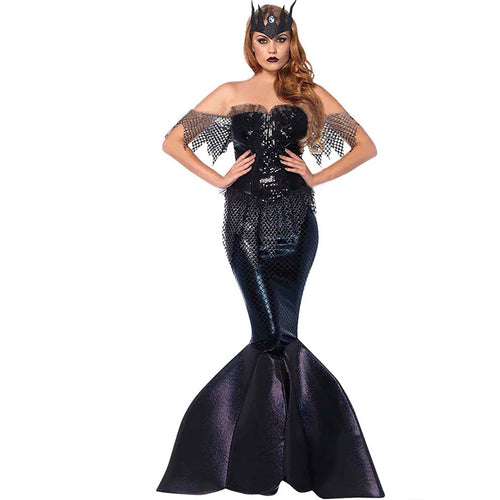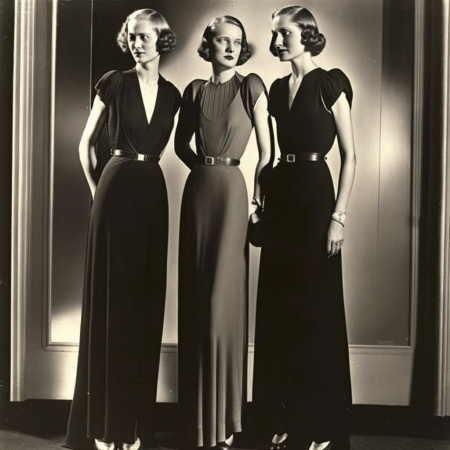
Fashion History: A Look Back at Iconic Styles and Trends

Fashion has always been a reflection of culture and society. The styles and trends that have emerged throughout history have been influenced by everything from political movements to technological advancements. Let's take a look back at some of the most iconic styles and trends throughout fashion history.
1920s: The Roaring Twenties

The 1920s, also known as the Roaring Twenties, was a decade of social and cultural change. Women's fashion was heavily influenced by the flapper style, characterized by short hair, shorter hemlines, and loose, flowy dresses that allowed for ease of movement. The silhouette was straight and boyish, in contrast to the corseted and heavily layered looks of the previous decade.
1930s: The Golden Age of Hollywood


The 1930s was the Golden Age of Hollywood, and fashion was heavily influenced by the glamorous looks of movie stars such as Jean Harlow and Marlene Dietrich. Bias-cut dresses that clung to the body were popular, as were wide-legged pants and high-waisted skirts. This decade also saw the emergence of the iconic little black dress, a staple of any fashionable woman's wardrobe.
1940s: The War Years


The 1940s were marked by World War II, which had a significant impact on fashion. Fabric rationing meant that clothing was often made from less expensive materials, and silhouettes were simpler and more practical. Utility clothing, such as slacks and overalls, became popular, as did the iconic Rosie the Riveter look with rolled-up sleeves and a bandana in the hair.
1950s: The Post-War Boom


The 1950s saw a return to more feminine styles after the practicality of the war years. Full skirts and cinched waists were popular, as were colorful prints and polka dots. The emergence of rock and roll also had an impact on fashion, with leather jackets and denim becoming popular among rebellious youth.
1960s: The Swinging Sixties


The 1960s was a decade of social and cultural revolution, and fashion was no exception. The emergence of the youth culture led to the rise of mod fashion, characterized by bold patterns, short hemlines, and boxy silhouettes. The iconic miniskirt became a symbol of the era, as did the go-go boot.
1970s: The Disco Era


The 1970s was the disco era, and fashion was characterized by shiny fabrics, platform shoes, and bold colors. Wide-legged pants and jumpsuits were popular, as were wrap dresses and halter tops. The influence of the feminist movement could also be seen in fashion, with women's clothing becoming more practical and comfortable.
1980s: The Decade of Excess


The 1980s was the decade of excess, with fashion becoming more bold and extravagant than ever before. Shoulder pads, power suits, and big hair were all popular among women, while men embraced preppy looks and brightly colored sportswear. The influence of hip hop culture could also be seen in fashion, with oversized clothing and athletic wear becoming popular.
1990s: The Grunge Era


The 1990s saw the rise of grunge fashion, characterized by oversized flannel shirts, ripped jeans, and combat boots. This anti-fashion movement was a reaction to the excesses of the previous decade, and it quickly gained popularity among youth culture. The 1990s also saw the emergence of minimalist fashion, with simple, understated clothing becoming popular.
2000s: The New Millennium


The 2000s saw a return to more glamorous styles, with fashion becoming more feminine and luxurious. The emergence of reality TV shows like "Sex and the City" and "The Hills"




